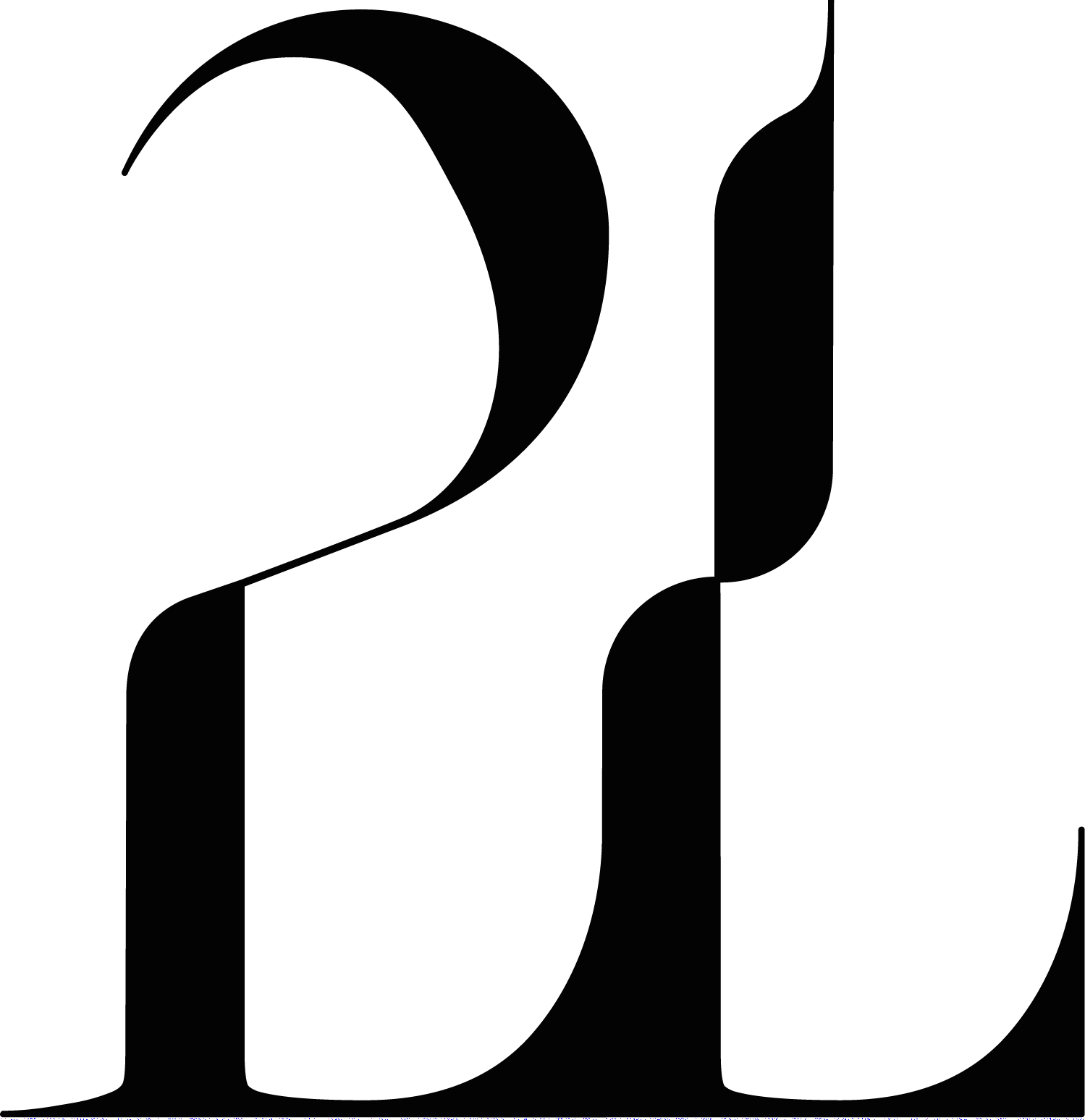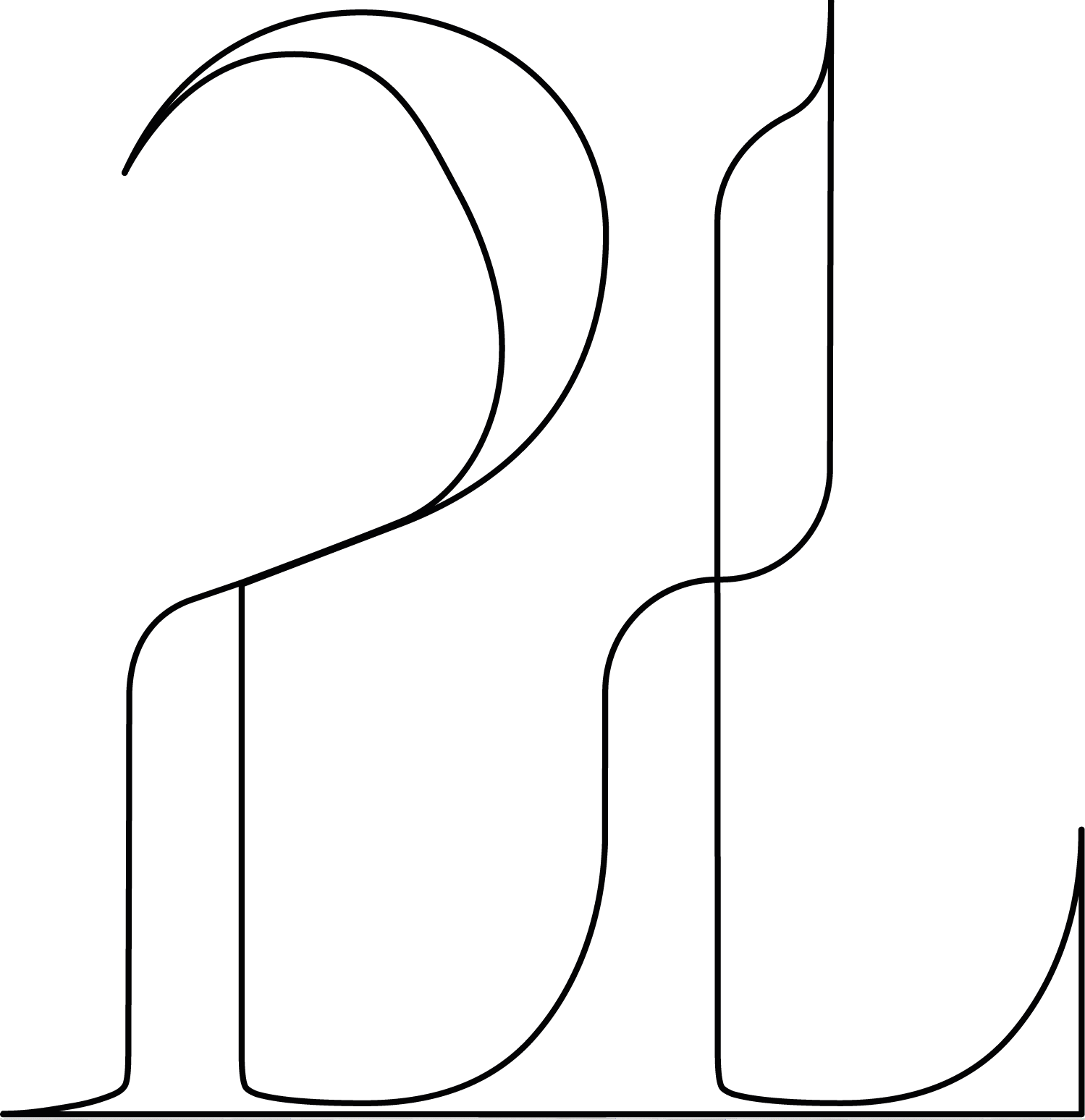Biorama
Explore biomimicry
Project carried out within the framework of L'École de Design Nantes Atlantique in partnership with the Nantes Digital Week and the Museum d'Histoire Naturelle of Nantes.
The challenge
The objective of the Biomimicry project was to question biodiversity in the urban environment in order to make nature and human cohabit. The objective was to make city dwellers aware of the presence and importance of biodiversity in their environment through digital technology.
The objective of the Biomimicry project was to question biodiversity in the urban environment in order to make nature and human cohabit. The objective was to make city dwellers aware of the presence and importance of biodiversity in their environment through digital technology.
Le projet Biomimicry a pour mission de questionner la biodiversité en milieu urbain de manière à faire cohabiter la nature et l’humain. L’objectif était de faire prendre conscience aux citadins de la présence et de l’importance de la biodiversité dans leur environnement à travers le numérique.
Period
February to September 2021
Target
General public
Team
Raphaël PERRAUD / Jean-Philippe CESBRON / Arslan SIFAOUI / Hugo BOSCHAT
Tools
TouchDesigner / Adobe After effects / Adobe Premiere Pro
Process
Observation and ideation
Accompanied by the vision and knowledge of biologists, we explored the deployment of nature in the heart of the city of Nantes, and then questioned it within our urban environment.
Biorama exposes to the public the different spaces of biodiversity in Nantes through the prism of the dragonfly and its 360° multidirectional vision. The goal was to expose the life that inhabits these environments, which at first glance appear to be places devoid of biodiversity. By gathering many points of view, we have created an installation that offers the viewer a varied vision of the life scenes that occur daily in these spaces.
Accompagnés de la vision et des connaissances des biologistes, nous avons exploré le déploiement de la nature au cœur de la ville de Nantes, pour ensuite la questionner au sein de notre environnement urbain.Biorama expose au public les différents espaces de biodiversité de Nantes à travers le prisme de la libellule et de sa vision multidirectionnelle à 360°. L’objectif étant de montrer la vie qui habite ses milieux, apparaissant au premier abord comme des lieux dépourvus de biodiversité. En accumulant de nombreux points de vue, nous avons créé une installation qui offre au spectateur une vision variée des scènes de vie qui se produisent quotidiennement dans ces espaces.
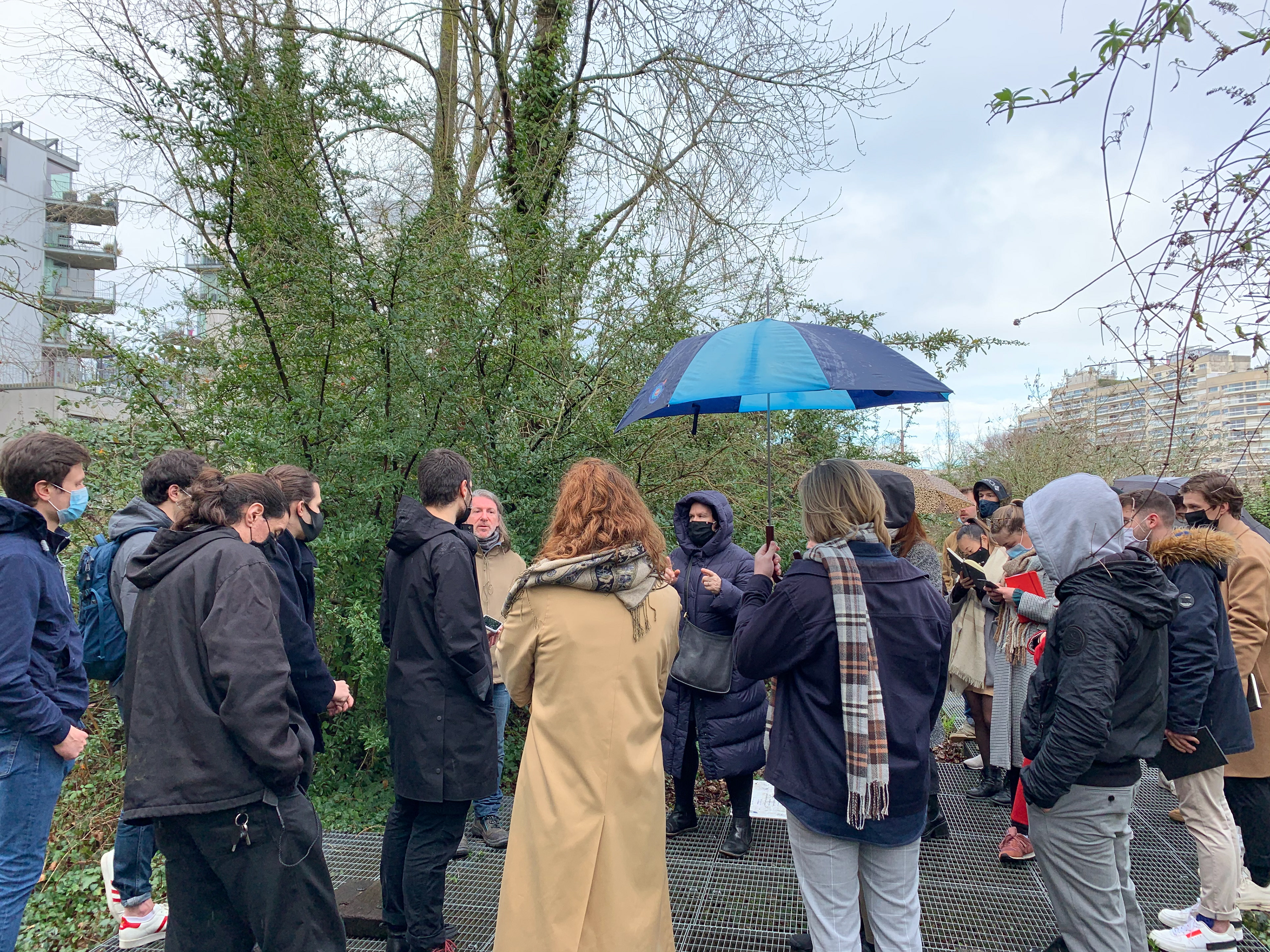
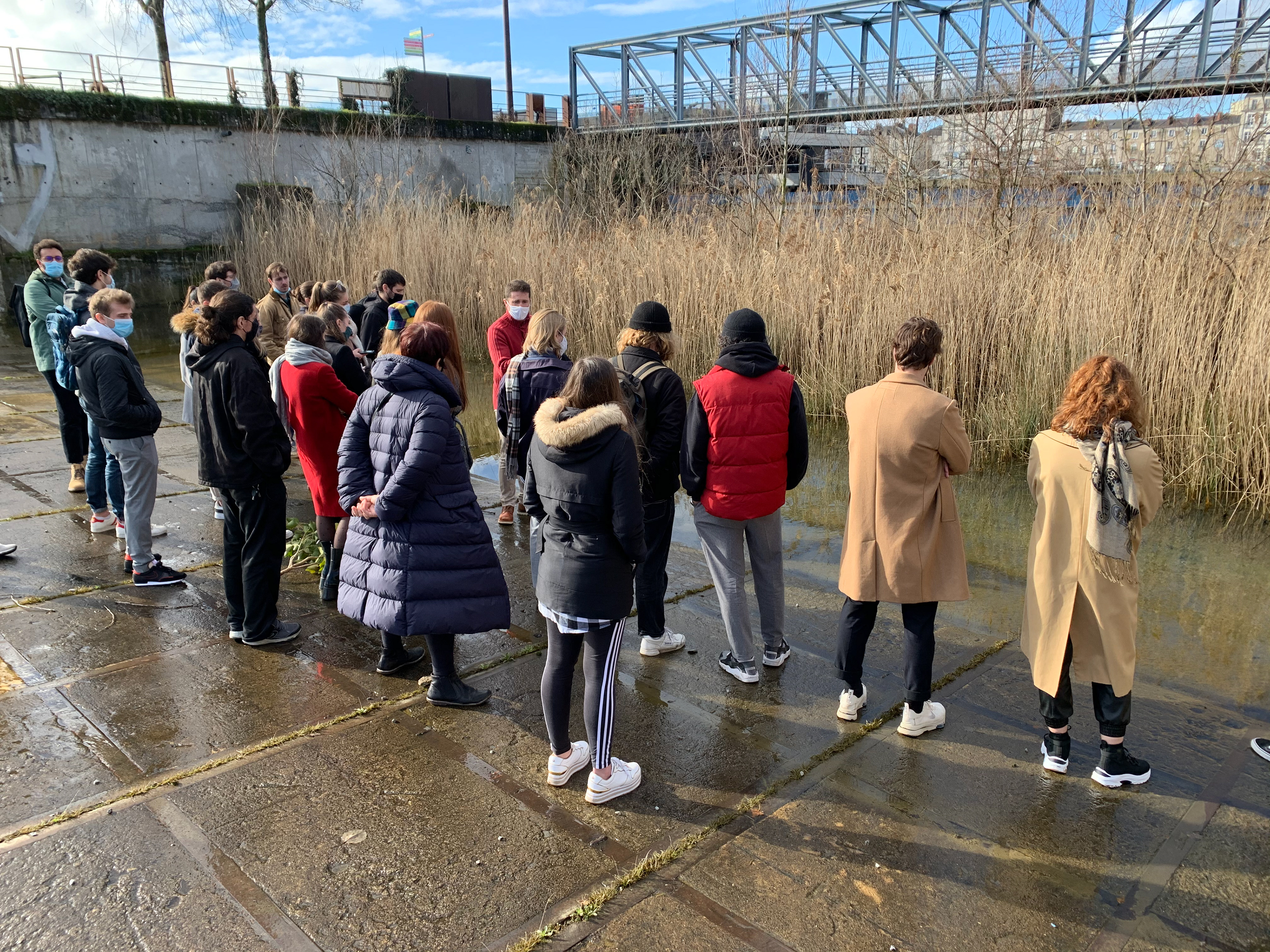
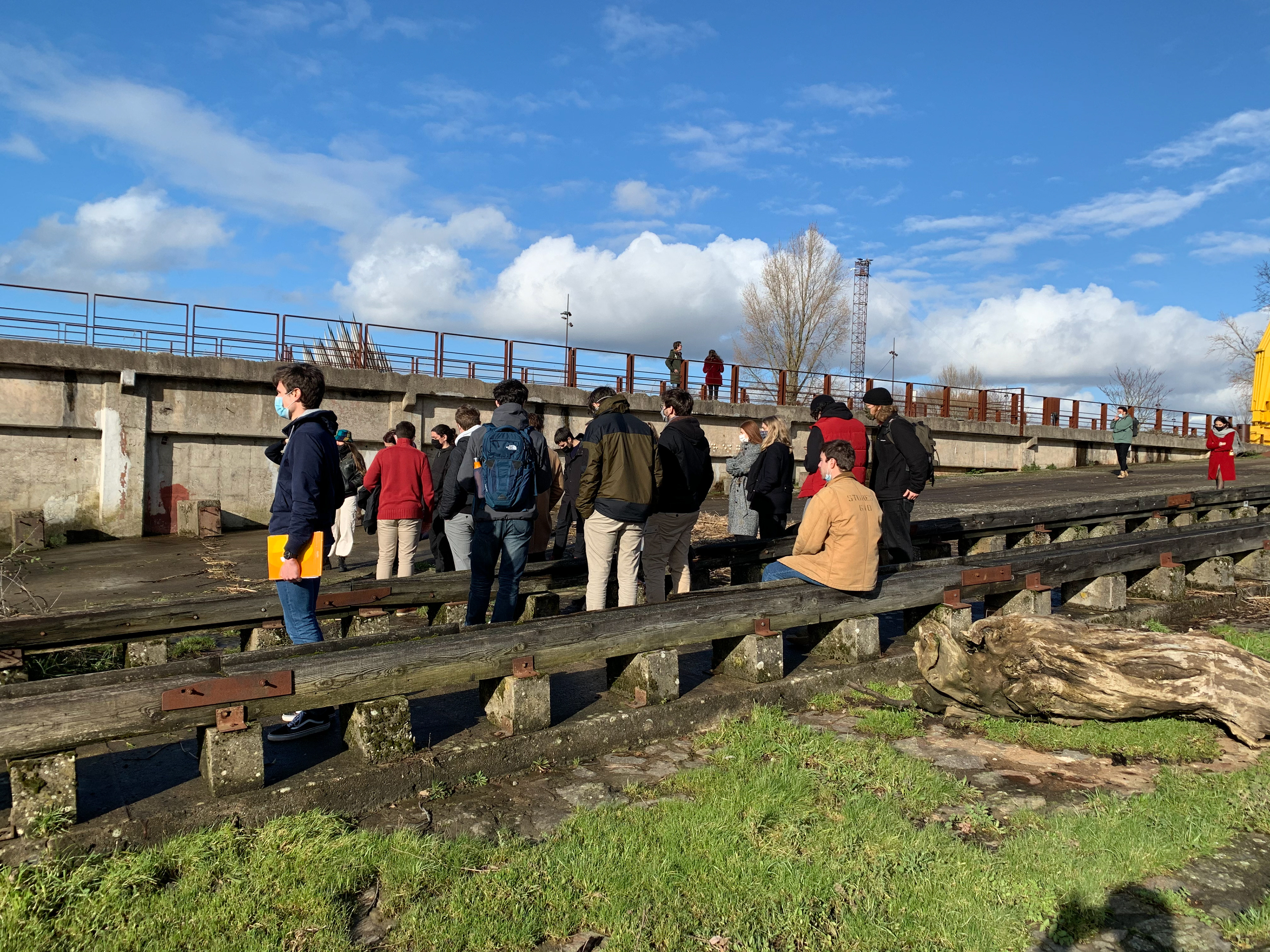
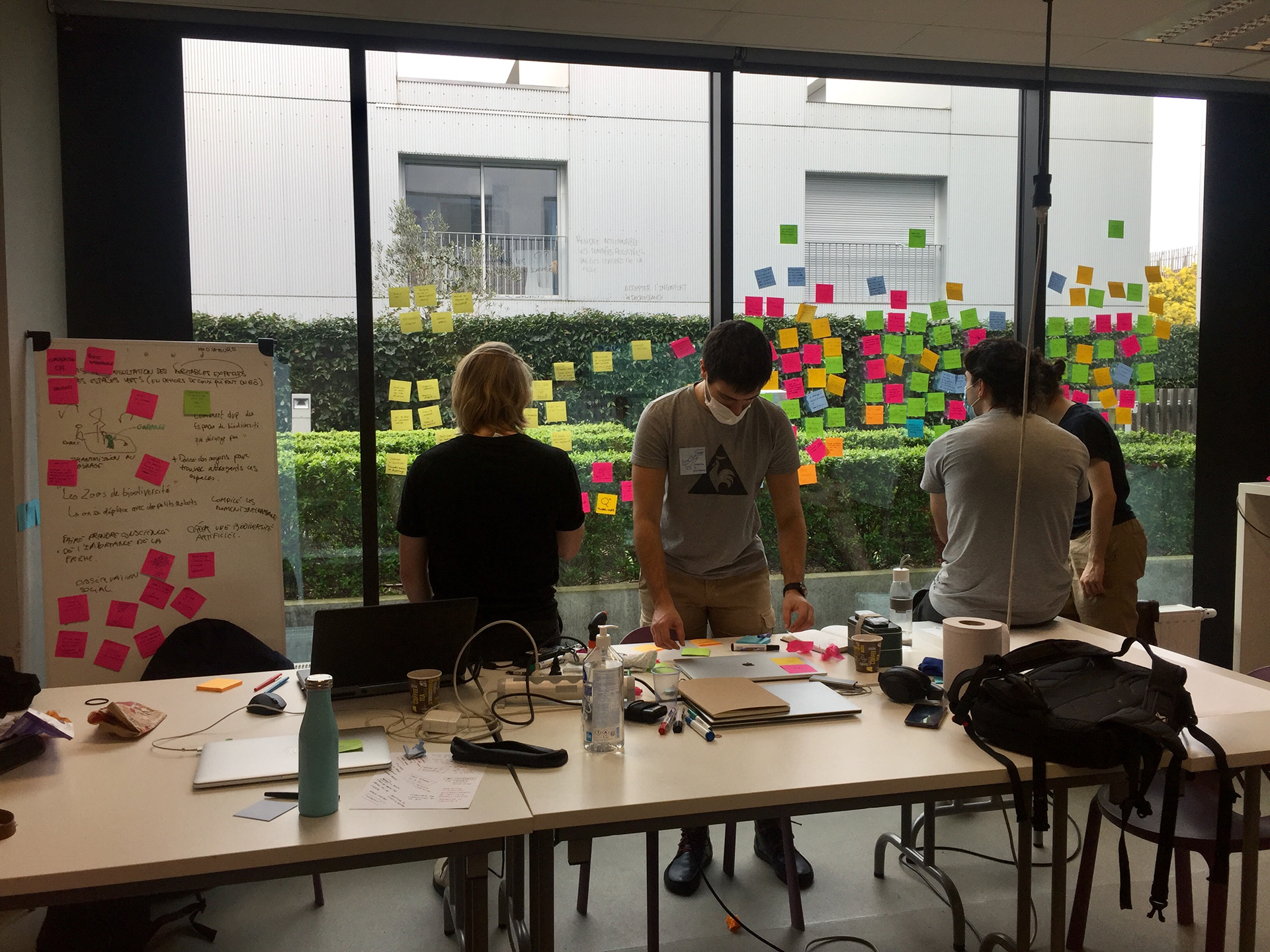
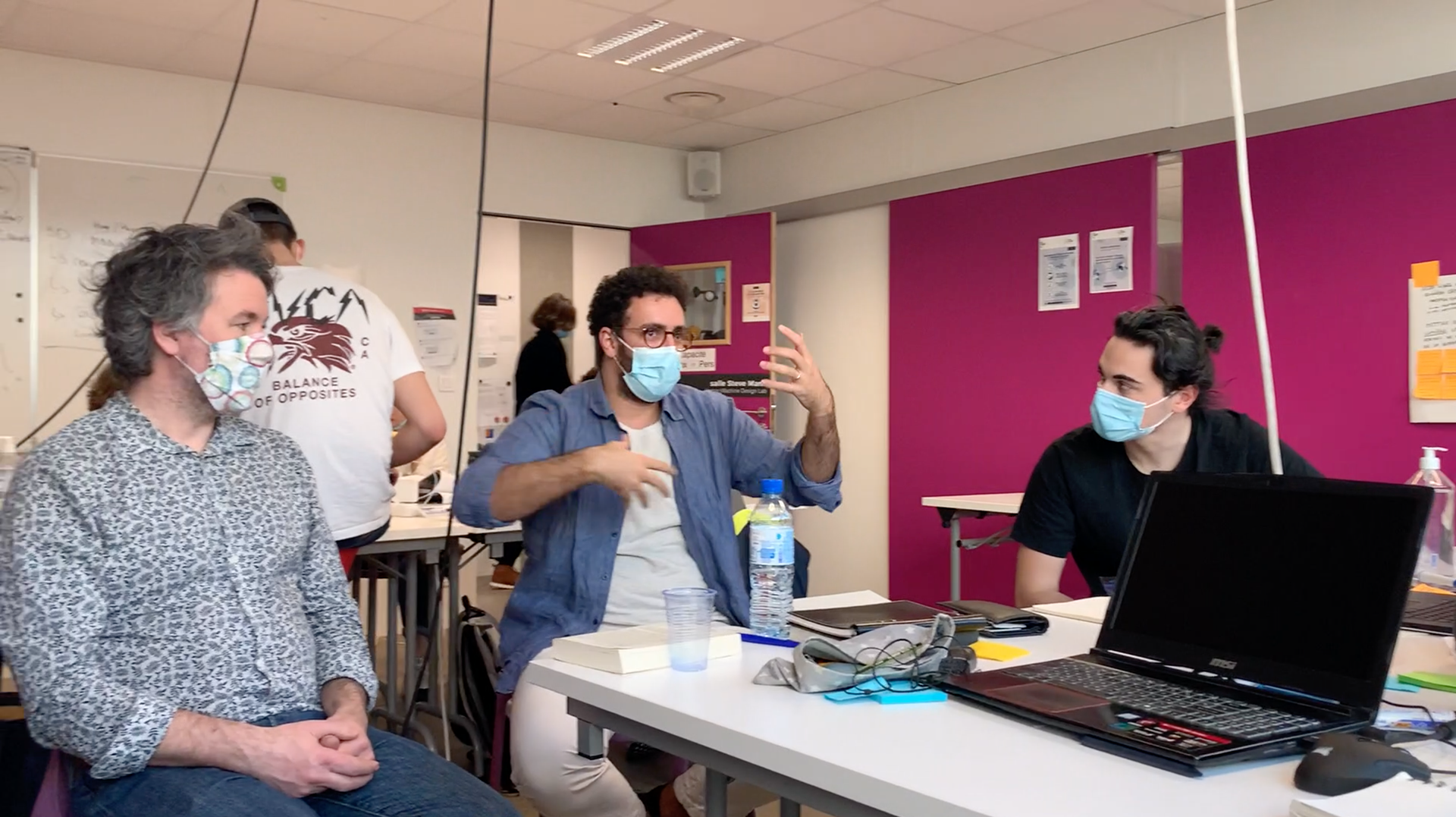
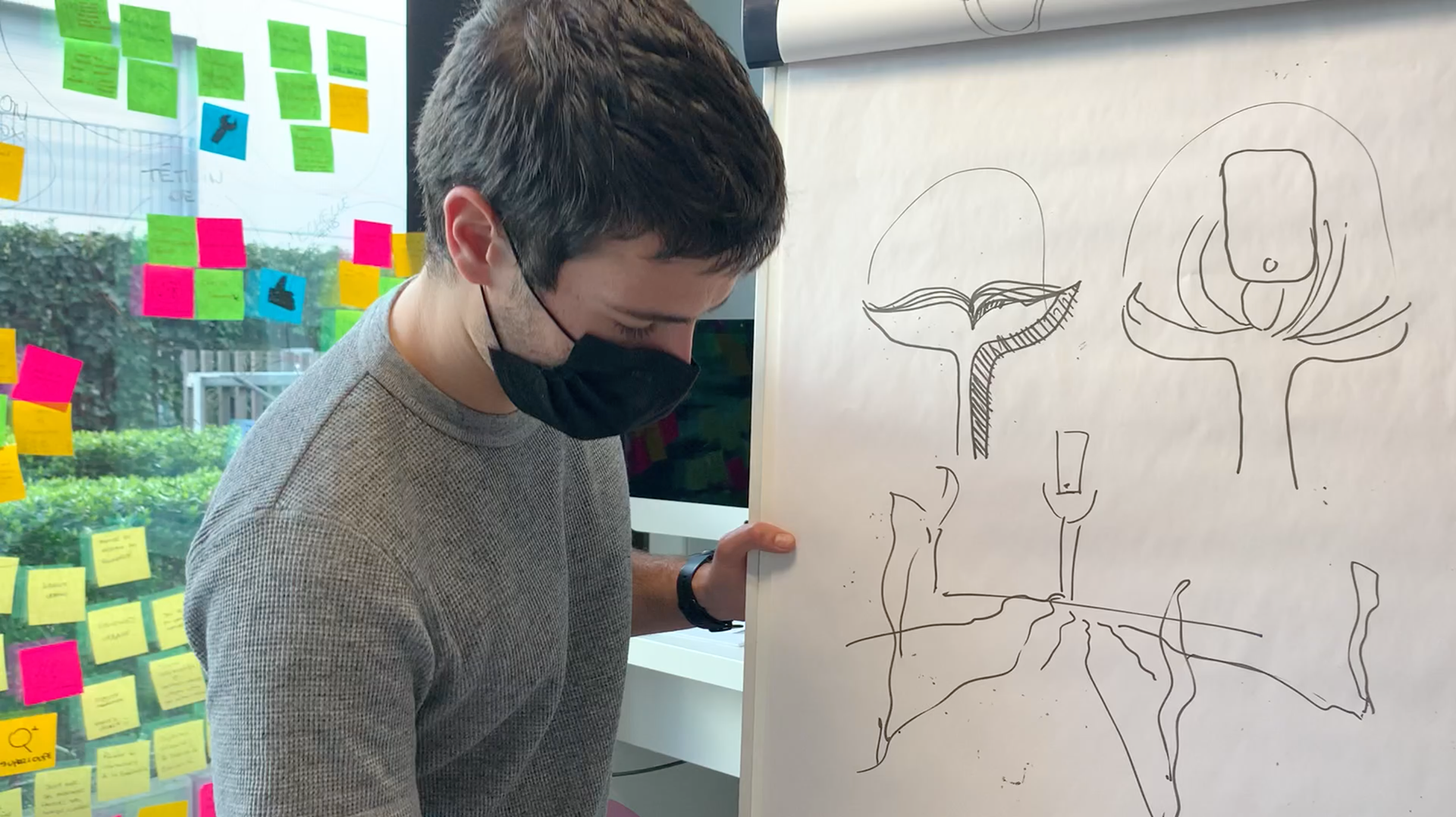
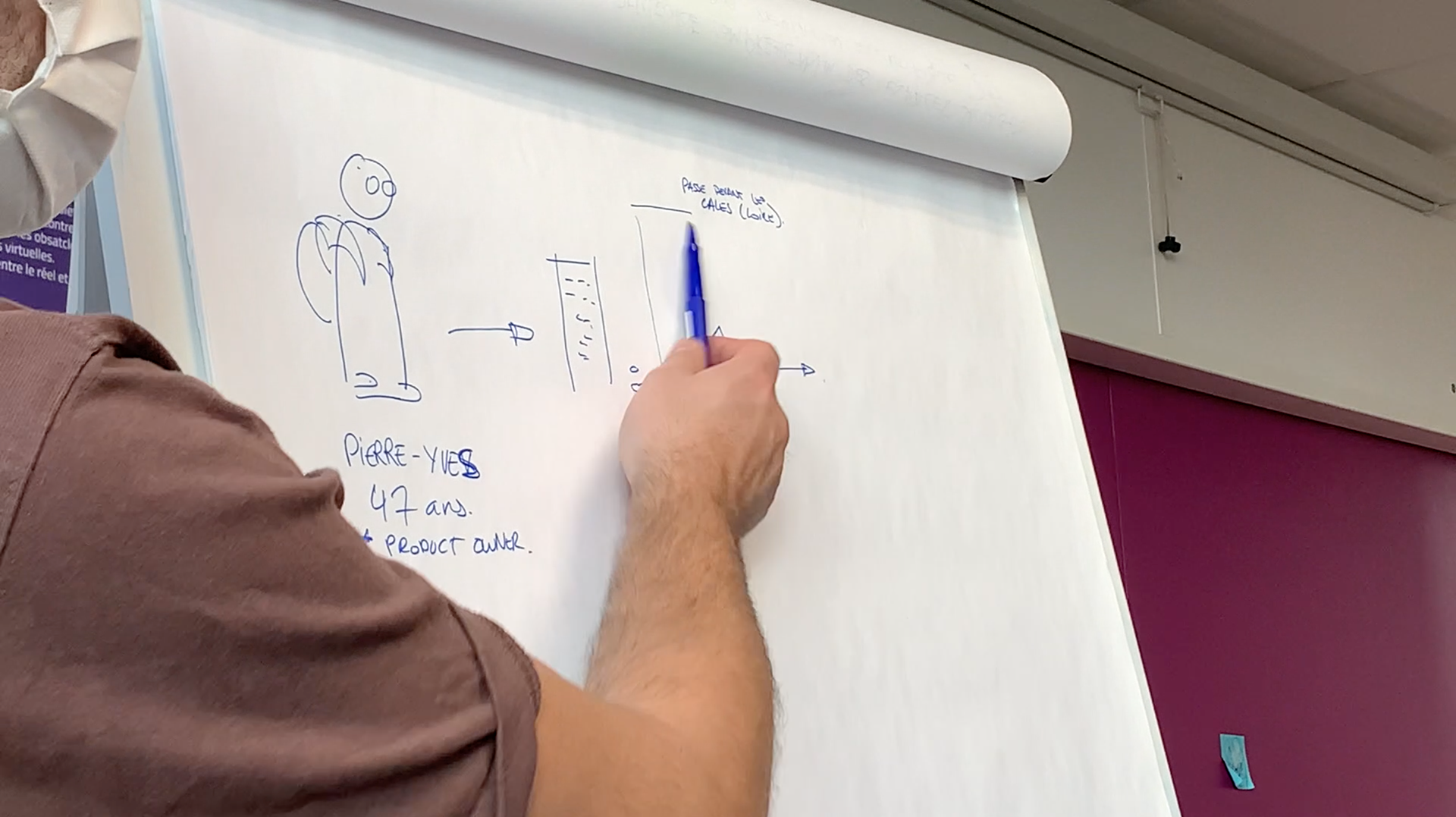
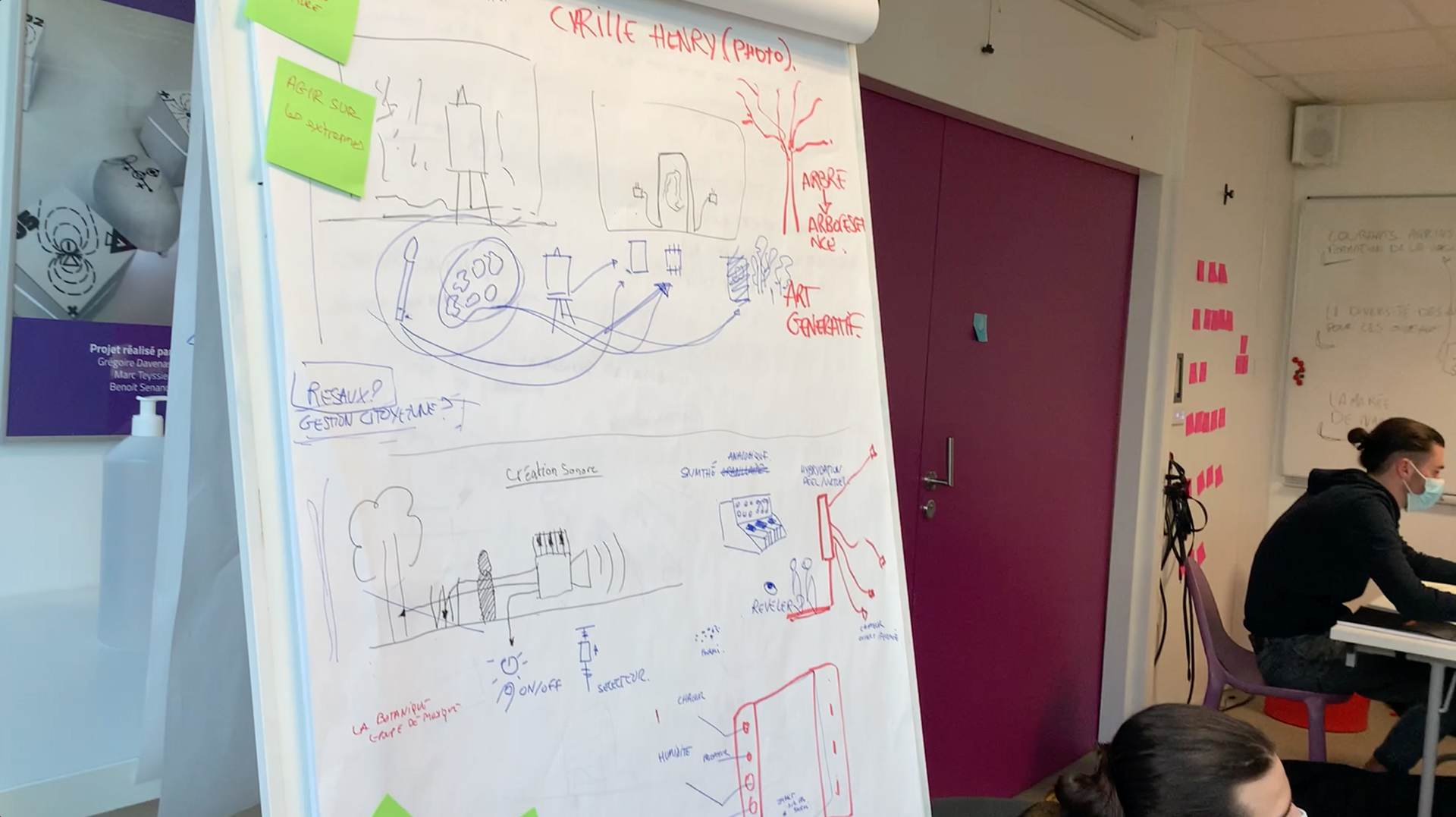
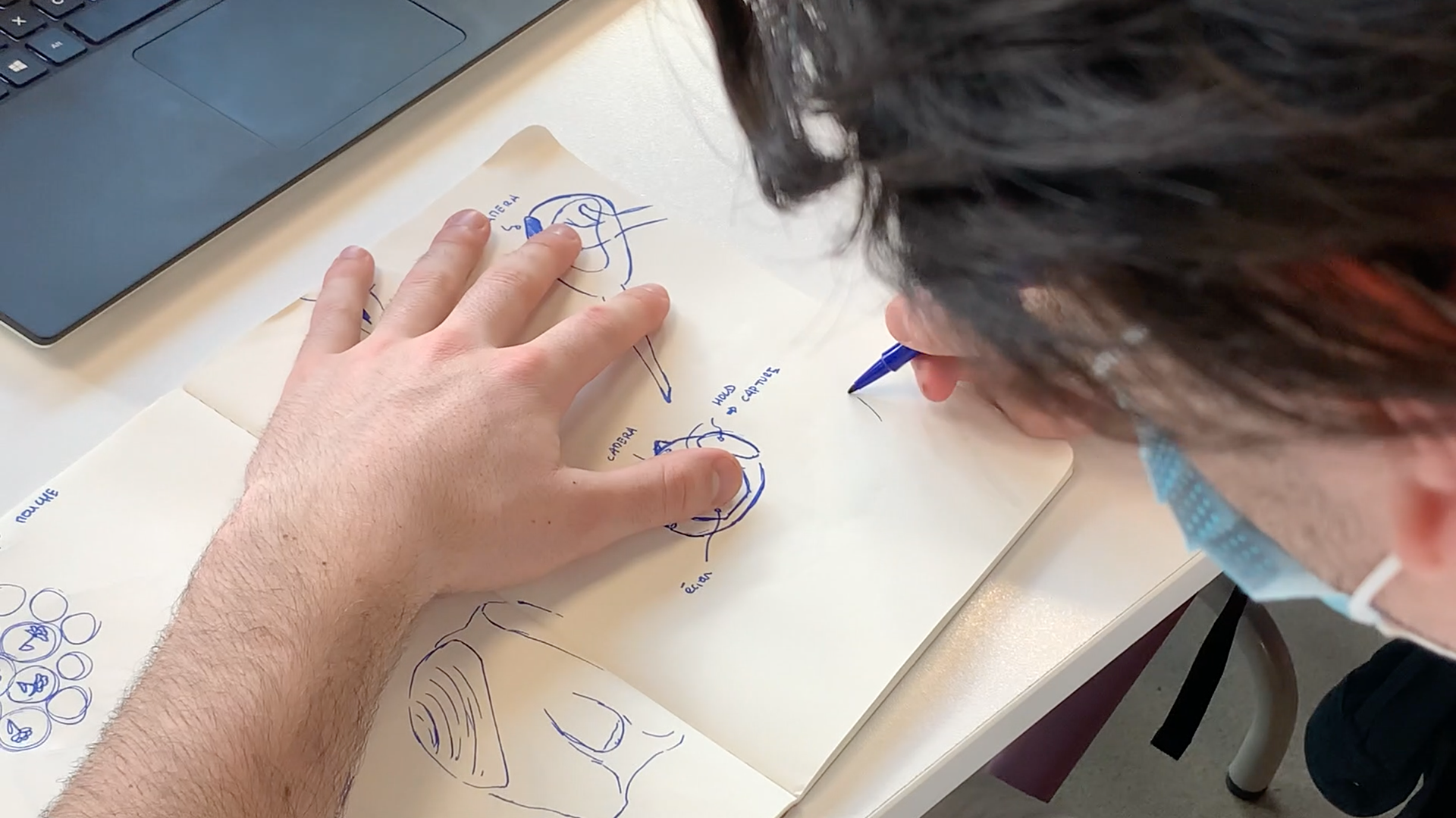
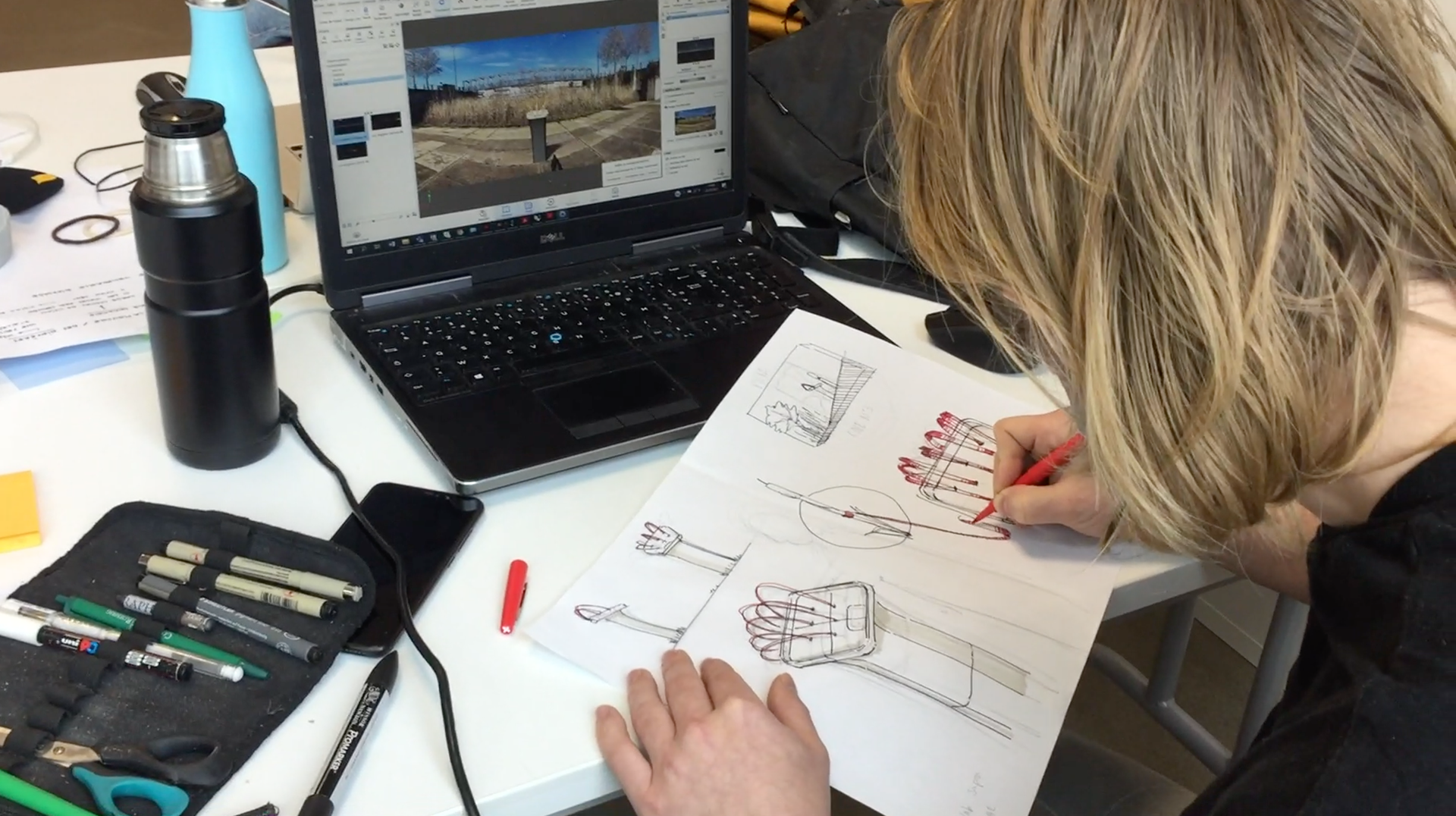
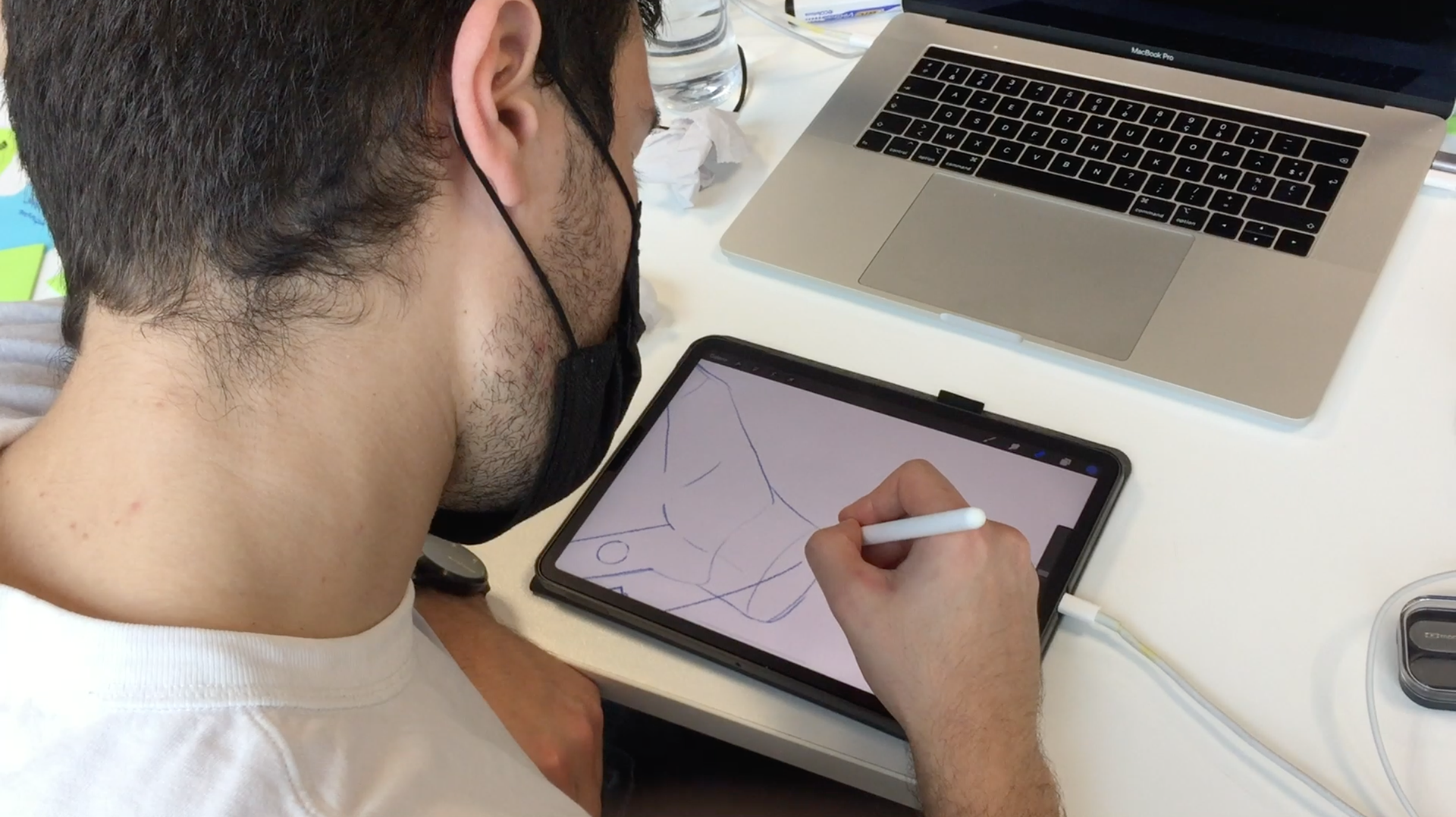
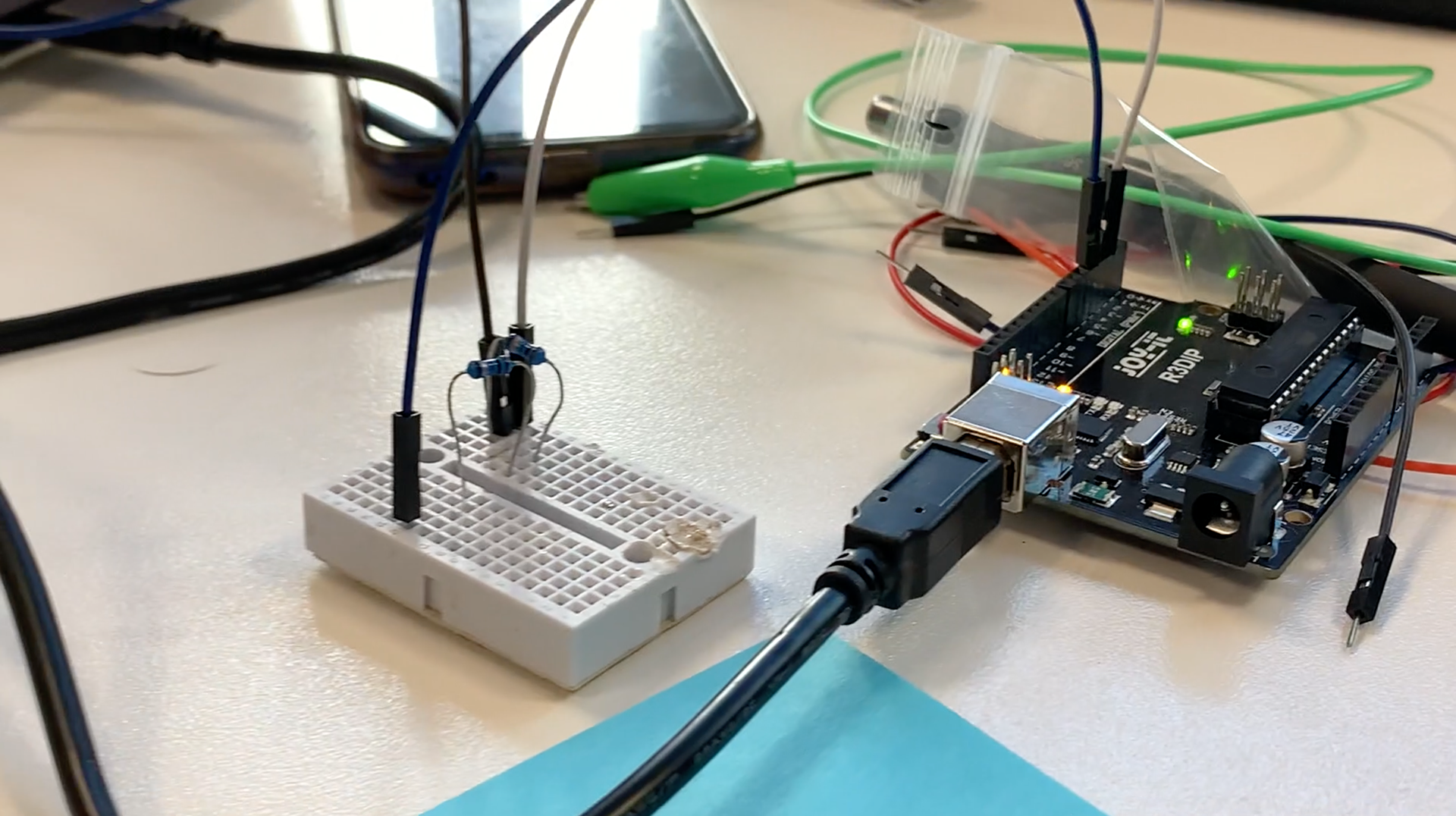
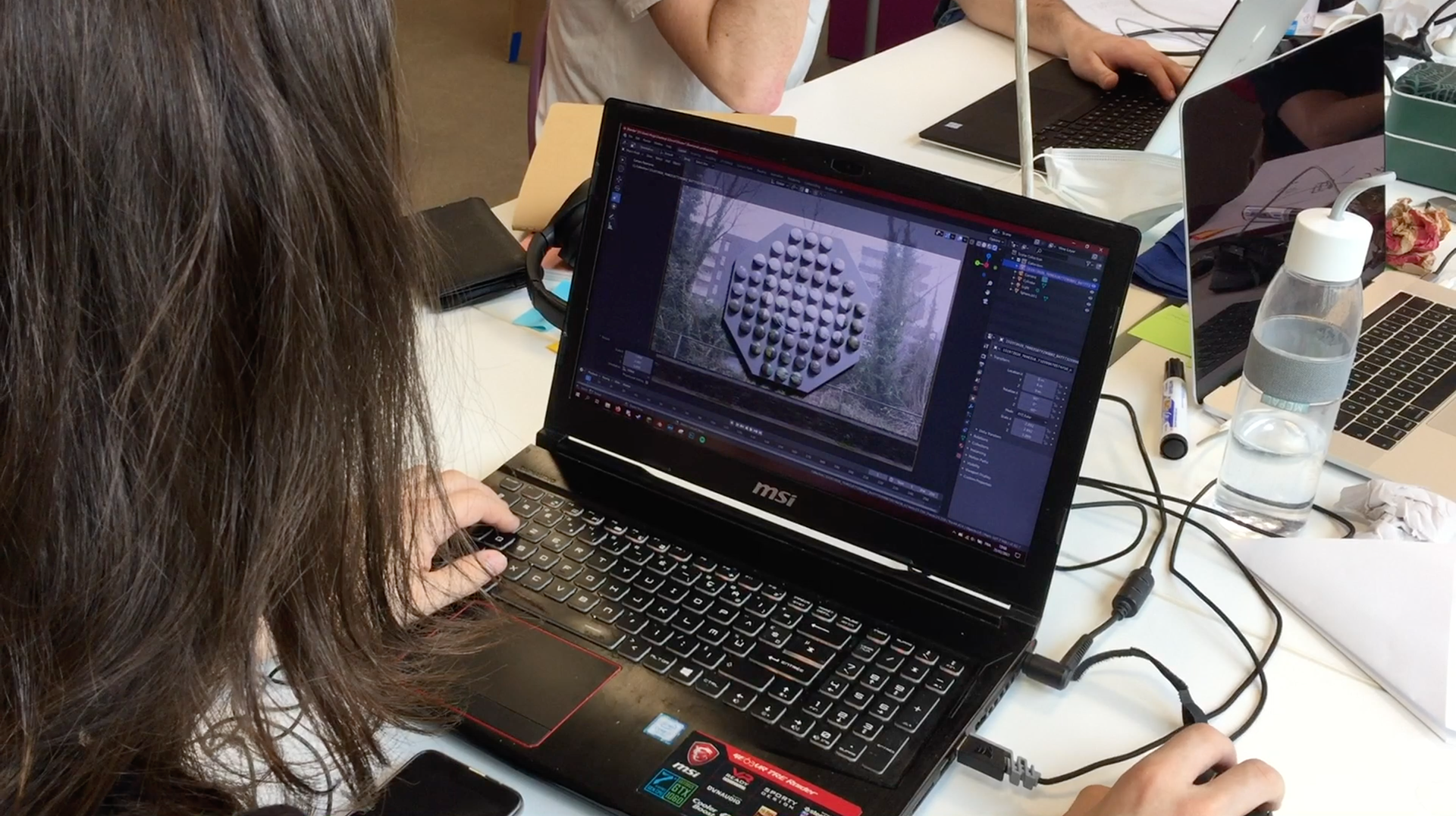
Production
Through its fragmented structure, Biorama presents multiple points of view on the same spaces of biodiversity, leading the viewer to reconstitute the whole from these fragments of space, moments of life. It is the vision composed by the thousands of facets of the surface of the insect's eyes that inspired these organic forms on which the video capsules are projected. Our structure is made of wood and tyvek.
Par sa structure éclatée, Biorama présente de multiples points de vue sur les mêmes espaces de biodiversité, amenant le spectateur à reconstituer l'ensemble à partir de ces fragments d'espace, d'instants de vie. C'est la vision composée par les milliers de facettes de la surface des yeux de l’insecte qui a inspiré ces formes organiques sur lesquelles sont praojetés les capsules vidéos. Notre structure est composée de bois et de tyvek.


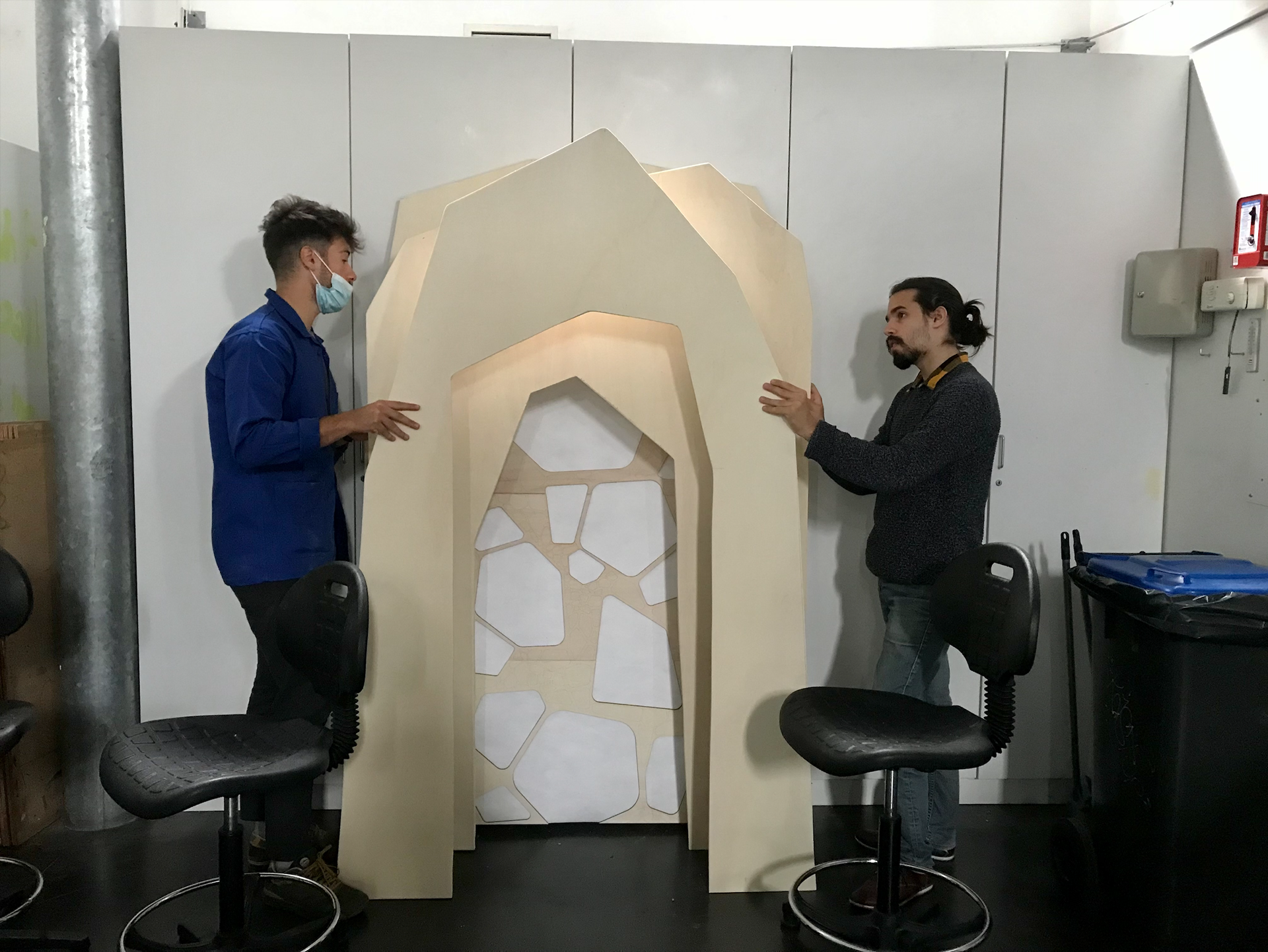
The optical capacities of dragonflies allow them to analyze movement much more finely thanks to the quantity of images they can absorb and define a relationship to time radically different from ours. This contrast of perception of reality will be presented via sensors allowing to accelerate the speed of reading of the videos according to the distance between the public and the installation. The spectators are then propelled into a temporality that allows them to appreciate the movements of life that take place on another scale of time and space in these spaces of biodiversity.
Les capacités optiques des libellules leur permettent une analyse du mouvement beaucoup plus fine grâce à la quantité d'images qu'elles peuvent absorber et définissent un rapport au temps radicalement différent du nôtre. Ce contraste de perception de la réalité sera présenté via des capteurs permettant d’accélérer la vitesse de lecture des vidéos en fonction de la distance entre le public et l’installation. Les spectateurs se retrouvent alors propulsés dans une temporalité qui leur permet d’apprécier les mouvements de vie qui s'effectuent à une autre échelle de temps et d'espace sur ces espaces de biodiversité.
Video mapping
